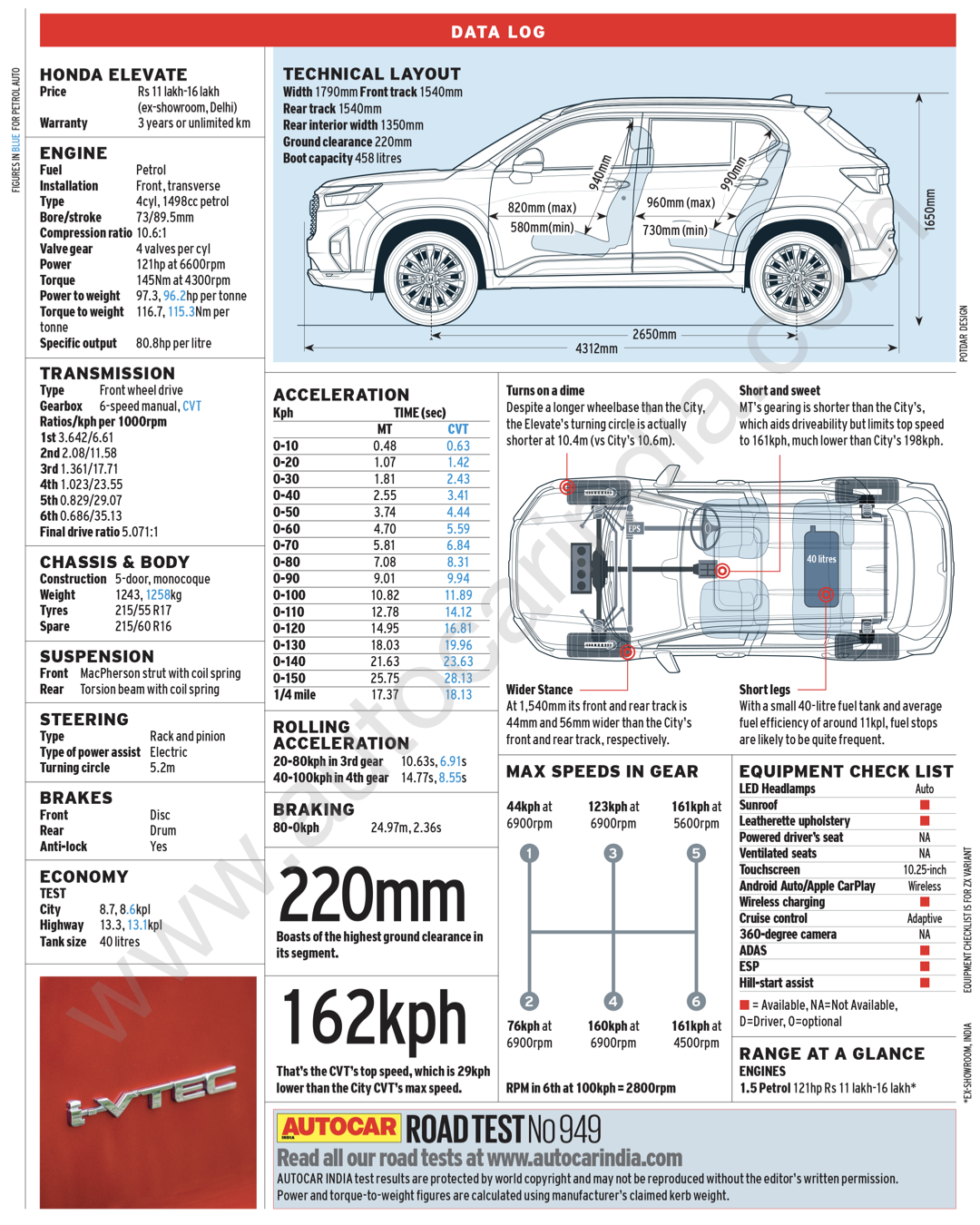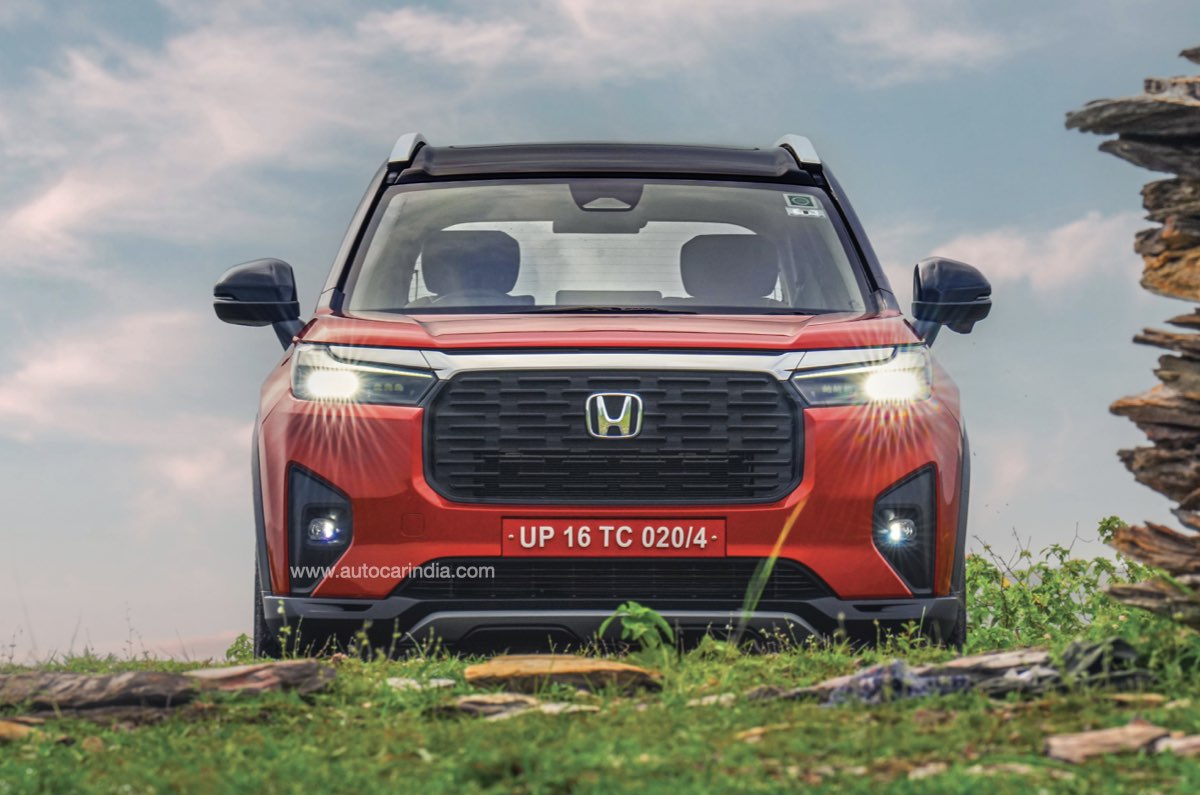
After our first encounter with the Honda Elevate, we opined that it was a functional midsize SUV, which got the basics right – a spacious interior, a comfortable ride and at Rs 11 lakh-16 lakh, a competitive price too. Now, we put it through our instrumented tests to evaluate it in more detail.
With its bold, upright and high-riding stance, the Elevate will appeal to buyers seeking road presence and imposing looks. Its nose is bluff, bonnet line high and what’s distinctive is its massive, vertical grille, two-thirds of which is actually sealed off. Garnishing the grille is a chunky chrome brow, which extends into the sleek LED headlamps.

The designers have tastefully sculpted its body lines, giving it a clean yet muscular profile. What’s nice is that unlike the ‘under-tyred’ City, the Elevate has thicker 215/55 rubber mounted on smart 17-inch alloys, which look good in the wheel wells. An attractive detail is the dual-LED tail-lights, which not only look great but also make the Elevate look wider. Beefy silver scuff plates and roof rails, body cladding on the sides and 220mm ground clearance complete the much desirable SUV look.

The Elevate is based on the City platform, so under the skin it shares a lot with its sedan counterpart, like the powertrain, steering, suspension and more. The chassis has been stretched to accommodate a best-in-class, 2,650mm wheelbase (50mm more than the City’s), the ride height has been raised for better ground clearance (220mm: which is class leading) and also for longer-travel suspension, and its front and rear tracks are both 1,540mm: 44mm and 56mm wider than the City’s front and rear tracks, respectively. Appreciably, despite its long wheelbase, Honda engineers have managed to keep its turning radius at merely 5.2 metres.
The Elevate’s uncomplicated design approach will appease buyers who prioritise functionality over flash. Sure, it lacks the wow factor of some rivals, but the brown and black colour scheme, leatherette upholstery and mock wood insert on the dashboard have their own appeal and lend the cabin a neat look. There are a lot of carry-over items from the City, so the plastic quality and switchgear feel solid and built to last. Thankfully, Honda has retained physical buttons for the climate control, but the Elevate doesn’t get the City’s rotary knobs, which feel very upmarket and satisfying to use.
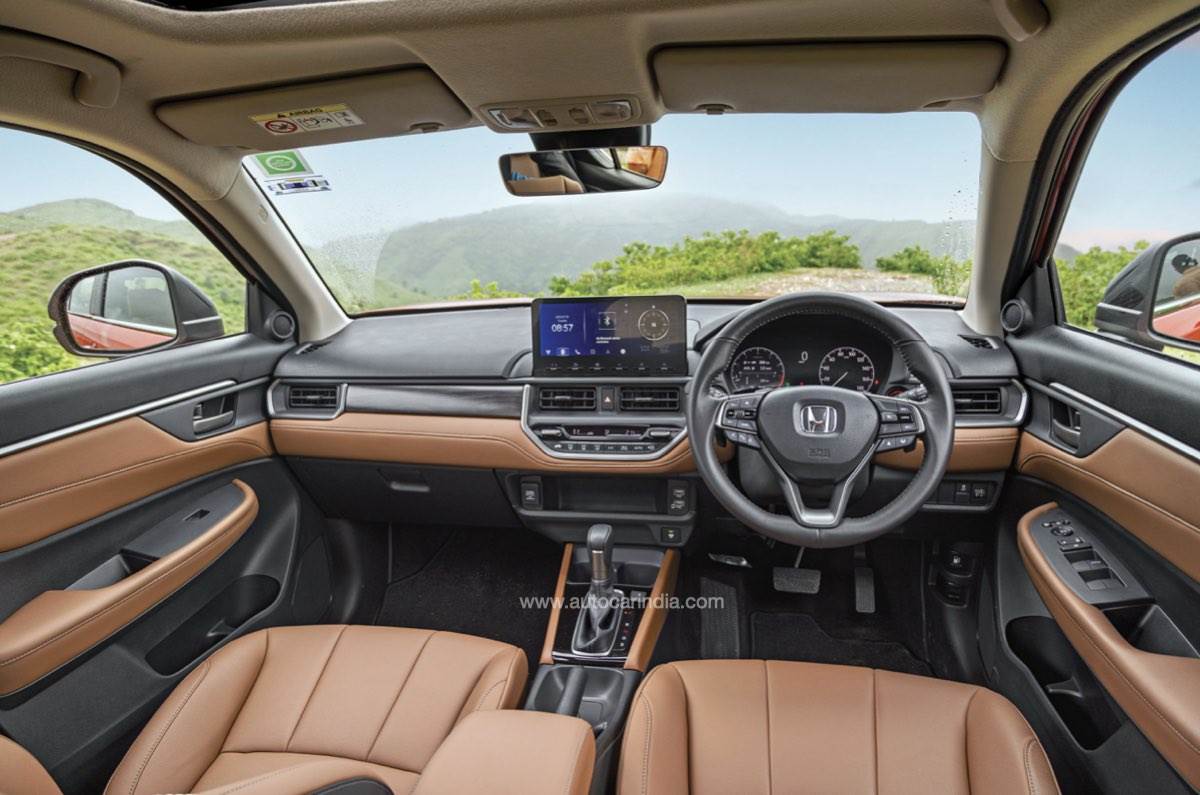
The free-standing 10.25-inch touchscreen also gets a row of physical shortcut buttons for key functions, and its UI is easy to use but perhaps a bit too basic. It packs in wireless Android Auto and Apple CarPlay, as well as e-SIM-based remote connectivity features via the Honda Connect app.
Like other Hondas, ergonomics in the Elevate are spot on. Not only are the controls within easy reach, but thanks to its elevated seating, drivers get a commanding view over its flat bonnet, which delivers that proper SUV feel. The front seats are supportive, the cushioning is spot on, and in general, these are very comfy, however, some could find the lumbar support a bit excessive.
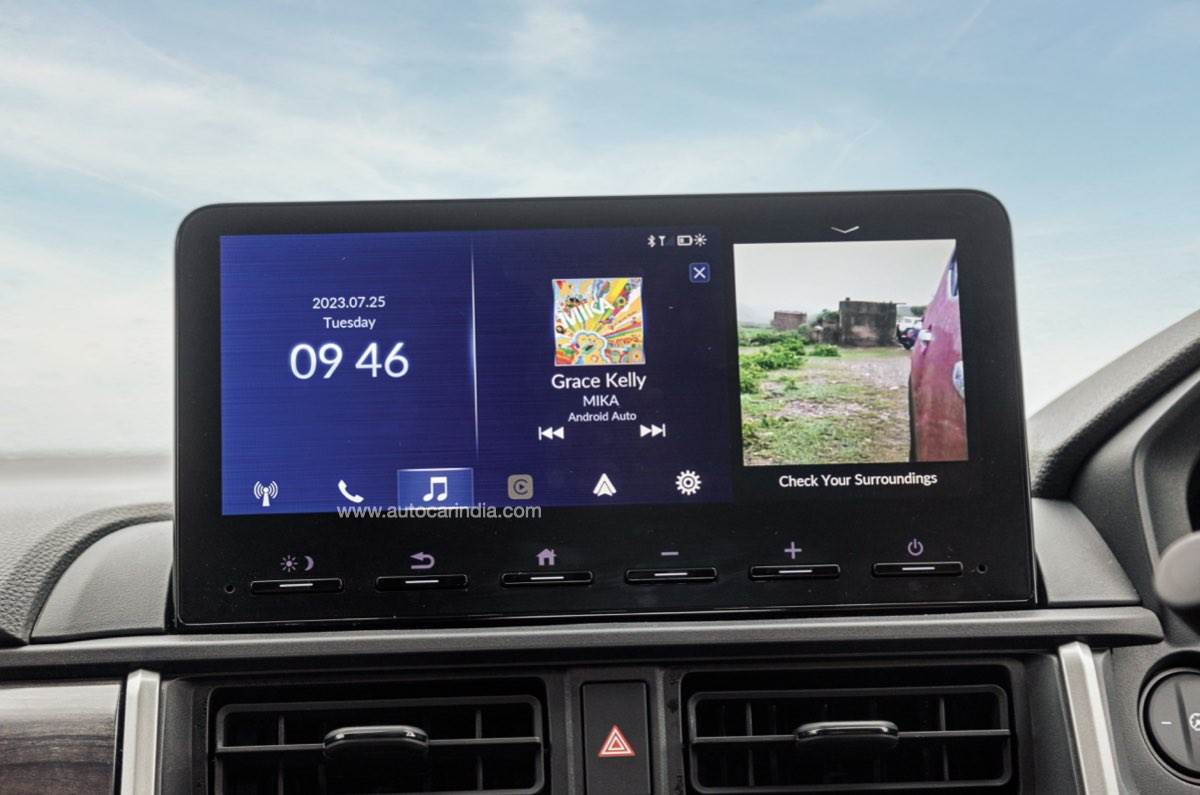
Space at the rear is generous, and while the backrest isn’t reclined steeply, it feels natural sitting inside. A middle passenger, however, will feel unwelcome due to the car’s narrow width, the raised central bench and the large tunnel. And there’s neither a middle headrest nor a three-point seatbelt; it has a lap belt instead.
Honda is known for its excellent packaging, and in the Elevate there are plenty of storage and charging provisions as well as a huge, well-shaped 458-litre boot, and 60:40 split rear seats for added flexibility.
Propulsion duty is handled by Honda’s tried-and-tested 1.5-litre i-VTEC petrol engine, which comes mated to either a 7-step CVT or a 6-speed manual transmission. It’s the same powertrain as in the City, but it has been tweaked a bit. There’s an immediate response to every dab on the throttle, without any delay or dead zone, so responses feel noticeably sharper to give owners a satisfying feeling of power. As before, the naturally aspirated engine pulls well from idling revs all the way to its 6,900rpm redline. However, it feels its potent best at higher engine speeds.
This time around, to aid driveability and compensate for the Elevate’s extra 100kg over the sedan, its 6-speed manual gearbox has shorter gearing. As a result, the Elevate’s rolling acceleration times from 20-80kph in third gear and 40-100kph in fourth gear are 2.6sec and 3.5sec quicker, respectively, than the City.
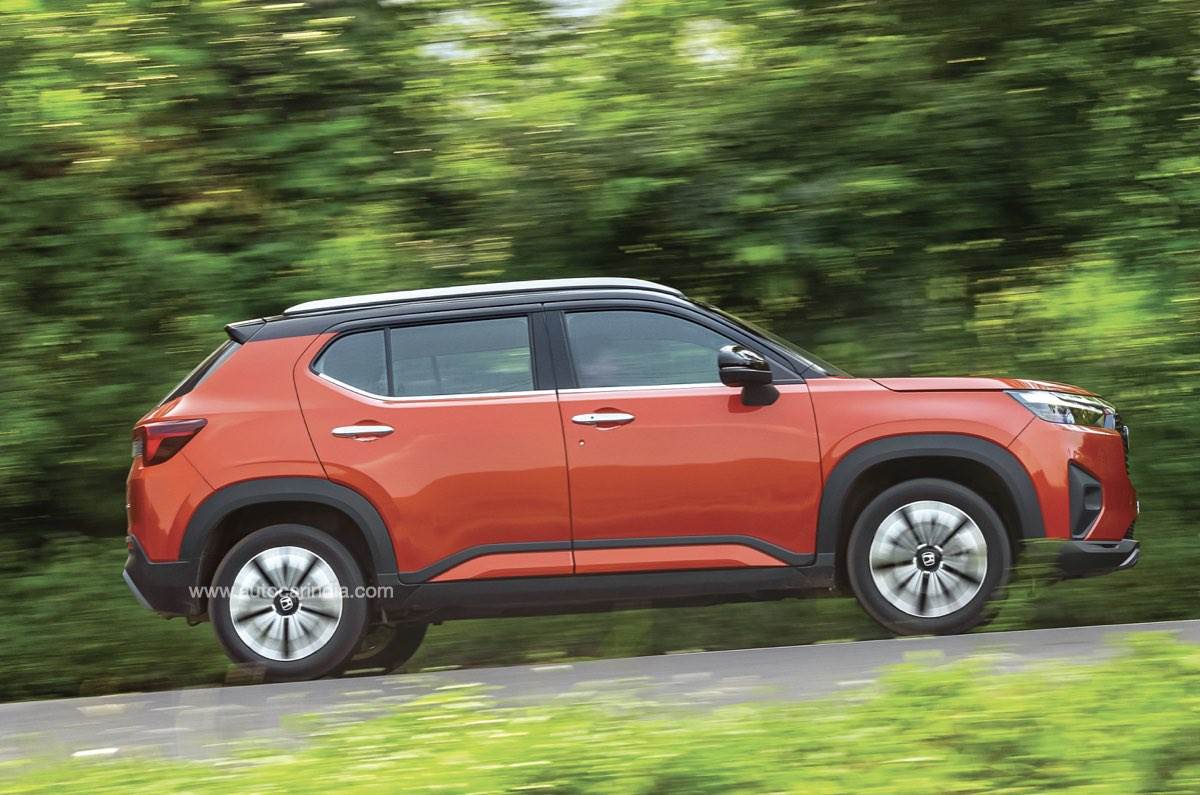
Flat-out, the Elevate will accelerate from 0-100kph in a respectable 10.8sec (0.6sec slower than the sedan), and on account of a shorter final drive ratio, it tops out at 161kph (the City tops out at 198kph). What’s also nice is that the gearbox has short, crisp throws and it’s a joy to row through. However, the clutch, though light, feels a bit sticky, warranting careful modulation to shift smoothly.
The 7-step CVT does a fine job as an automatic, making light work of commuting. Paddle shifters with pre-selected ratio points mimic a regular gearbox to some degree, but there is still too much of the infamous ‘rubber band’ effect under hard acceleration, keeping the engine constantly at high revs, which isn’t very relaxing. Like the manual, the final drive has been shortened, leading to similar rolling acceleration times as the City, despite its heavier kerb weight, and a top speed that, at 162kph, is 29kph lower than the City CVT’s.
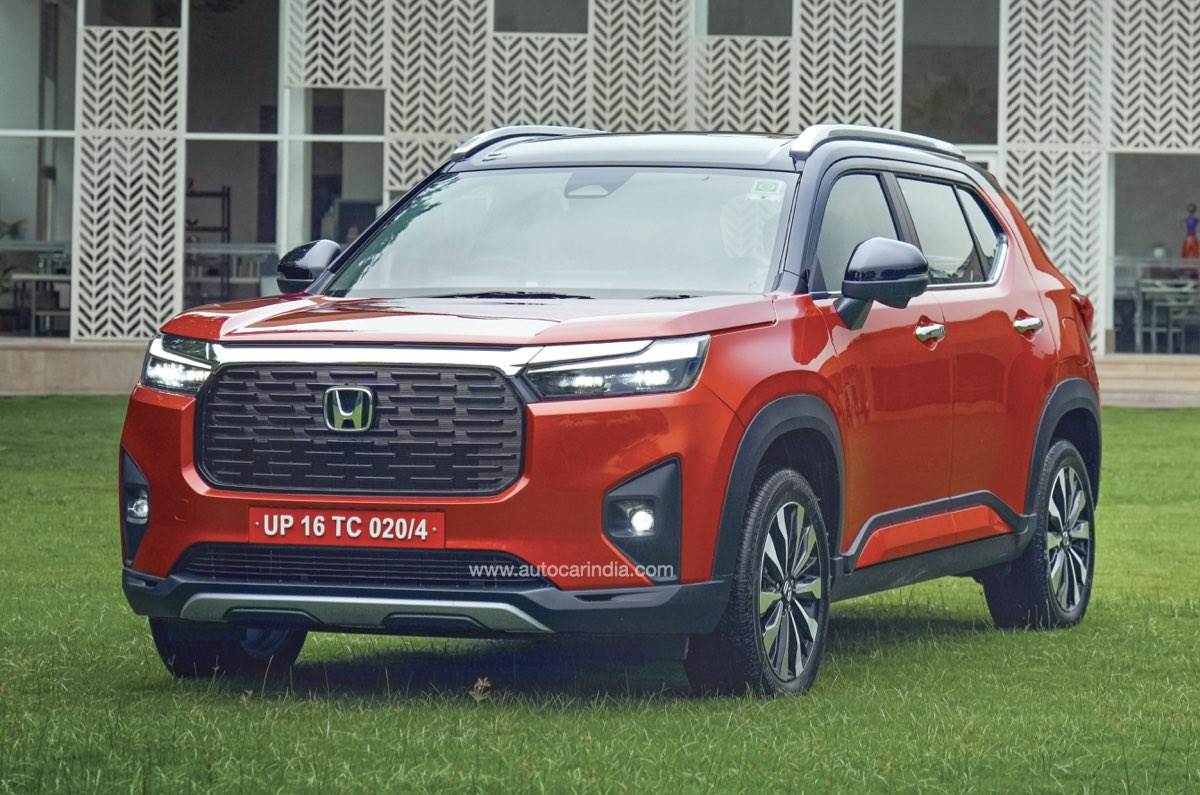
What isn’t nice is the Elevate’s unrefined cabin experience – you hear the engine at mid and high RPMs, and there’s plenty of tyre and road noise filtering through at all times.
Honda has missed a trick by not offering a strong-hybrid powertrain option, which seems like a confusing strategy, especially because it is already available with the City. We believe that in the absence of a diesel, the hybrid would have been the go-to option for high mile-munchers, on account of its excellent fuel efficiency, something SUV buyers would appreciate.
While on that topic, the 1.5 petrol averaged (overall) 10.8kpl and 11kpl, for the CVT and MT, respectively. Its overly sharp throttle responses, as well as shorter gearing (than the City), seem to take a toll on fuel consumption. As an example, the Elevate MT spins a bit faster than the City MT while cruising, thus consuming more fuel.
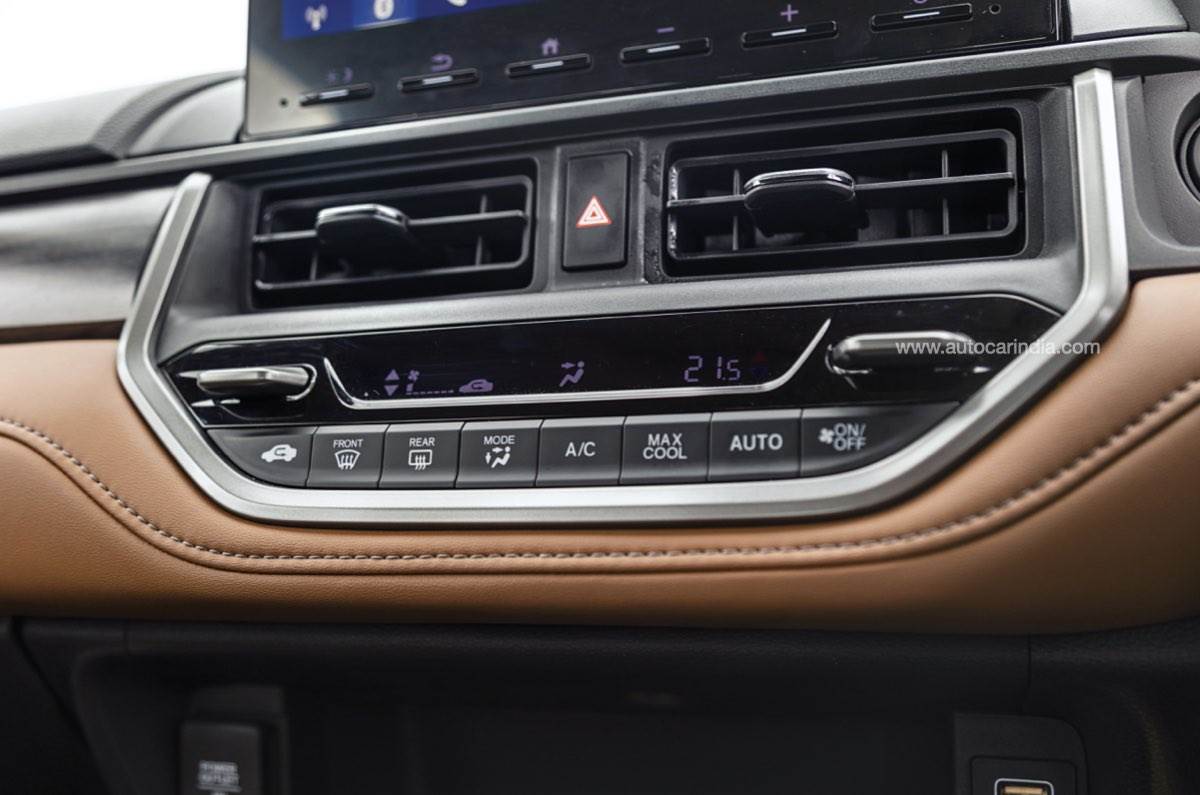
Shifting focus to the automatic, unlike the City CVT, the Elevate CVT doesn’t get an Economy mode to aid efficiency either. Also, neither variant gets an automatic engine stop-start feature, which some of its rivals offer to save fuel while idling.
What Honda has got spot on are the dynamics, and the Elevate balances ride and handling well. The steering is accurate and delightfully light at low speeds and weighs up progressively as you go faster, giving you a precise feel while driving in a sporty manner.
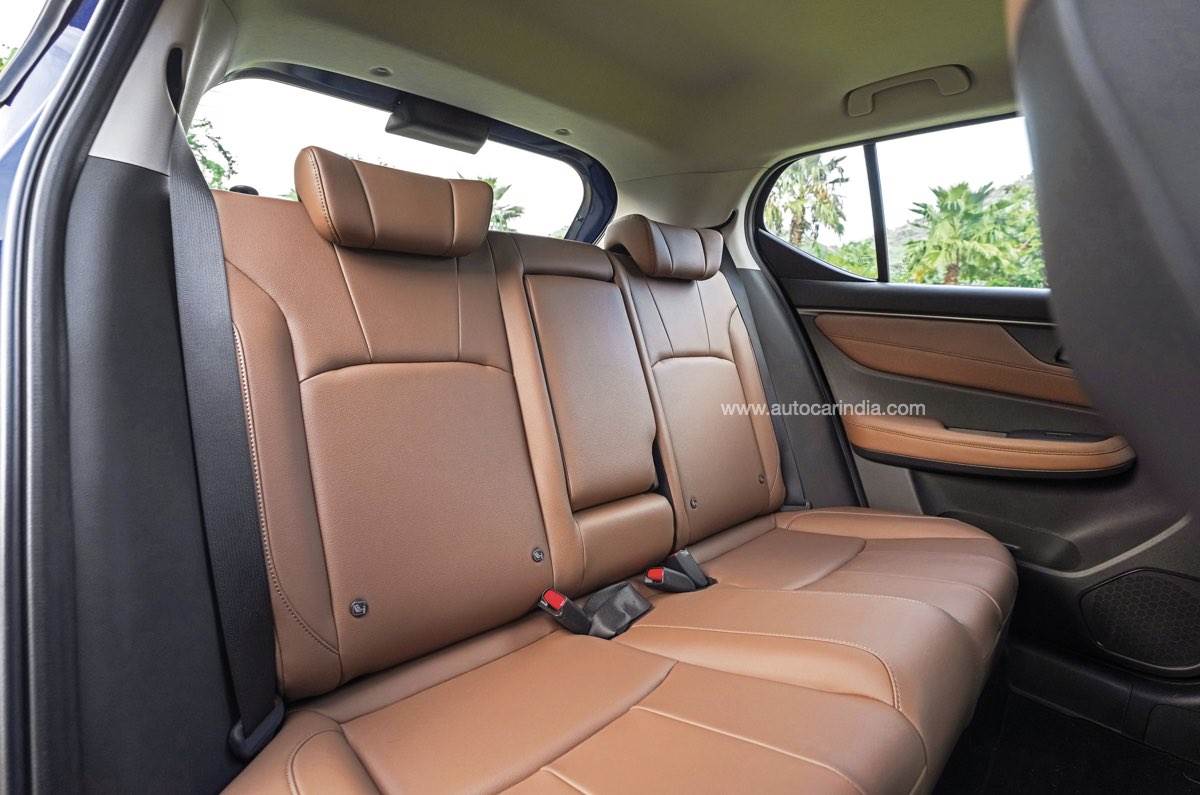
The long-travel suspension with well-judged damping, though on the firmer side, works brilliantly. With 1,540mm tracks at the front and rear, much wider than the City’s, and a longer wheelbase, it feels glued to the road at all times. There’s also very little body roll for such a tall SUV, which makes the Elevate predictable to drive and easy to place through corners. The brakes too are very progressive, and though there are drums and not discs at the rear, we didn’t find braking performance lacking in any area.
The Elevate’s Honda Sensing camera-based ADAS tech, includes a Collision Mitigation Braking System (CMBS), Lane Keep Assist (LKA), Adaptive Cruise Control (ACC), a Road Departure Mitigation System, and a Lead Car Departure Notification System that alerts you when the vehicle in front starts moving and it’s time to go. It also gets an Auto High Beam function, which automatically switches between low and high beams.
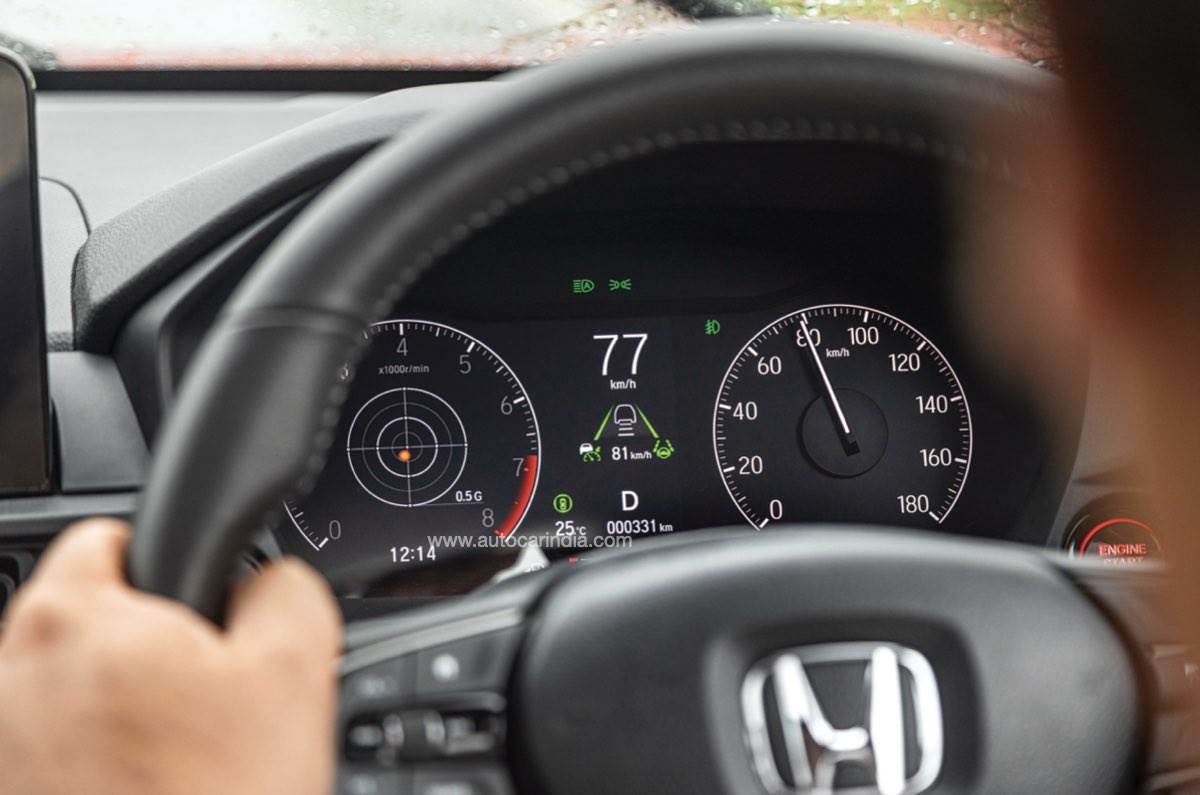
Honda says these camera-based systems work like the human eye, so in low visibility conditions, their performance will be limited. Interestingly, the Lane Keep Assist (LKA) function can only be activated over 72kph and needs proper lane markings to work right. Adaptive cruise control worked brilliantly and it smoothly slowed down or accelerated the Elevate automatically to maintain the gap with the vehicle in front.
The Elevate is late to the midsize SUV party, yet Honda hasn’t entered the segment all guns blazing. It hasn’t offered multiple powertrain options or a laundry list of features. Instead, the company has taken a more conservative approach with just one petrol engine and no strong hybrid option. What makes the Elevate desirable is that it gets the basics right and bundles the strengths of the popular City sedan – supreme seat comfort, a responsive engine and good ride and handling – with the practicality of an SUV – a commanding driving position and high ground clearance. Compared to other SUVs in the class, it does miss out on some features, but at Rs 11 lakh-16 lakh, it undercuts all rivals, so it is pocket friendly too.
In summary, it is a practical midsize SUV, and for most buyers, the reliability and peace of mind associated with the Honda badge are reasons enough to gravitate towards the Elevate.
